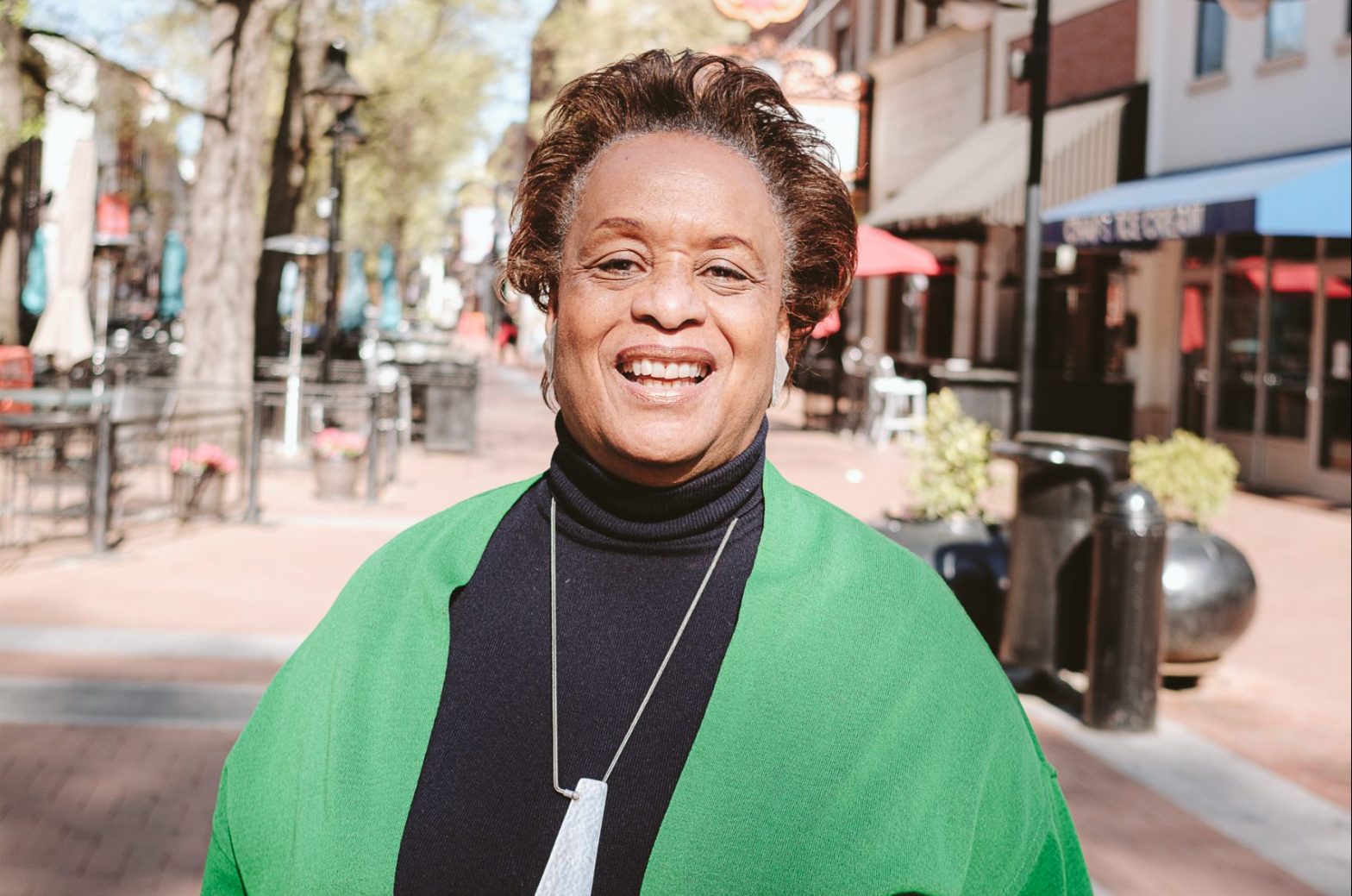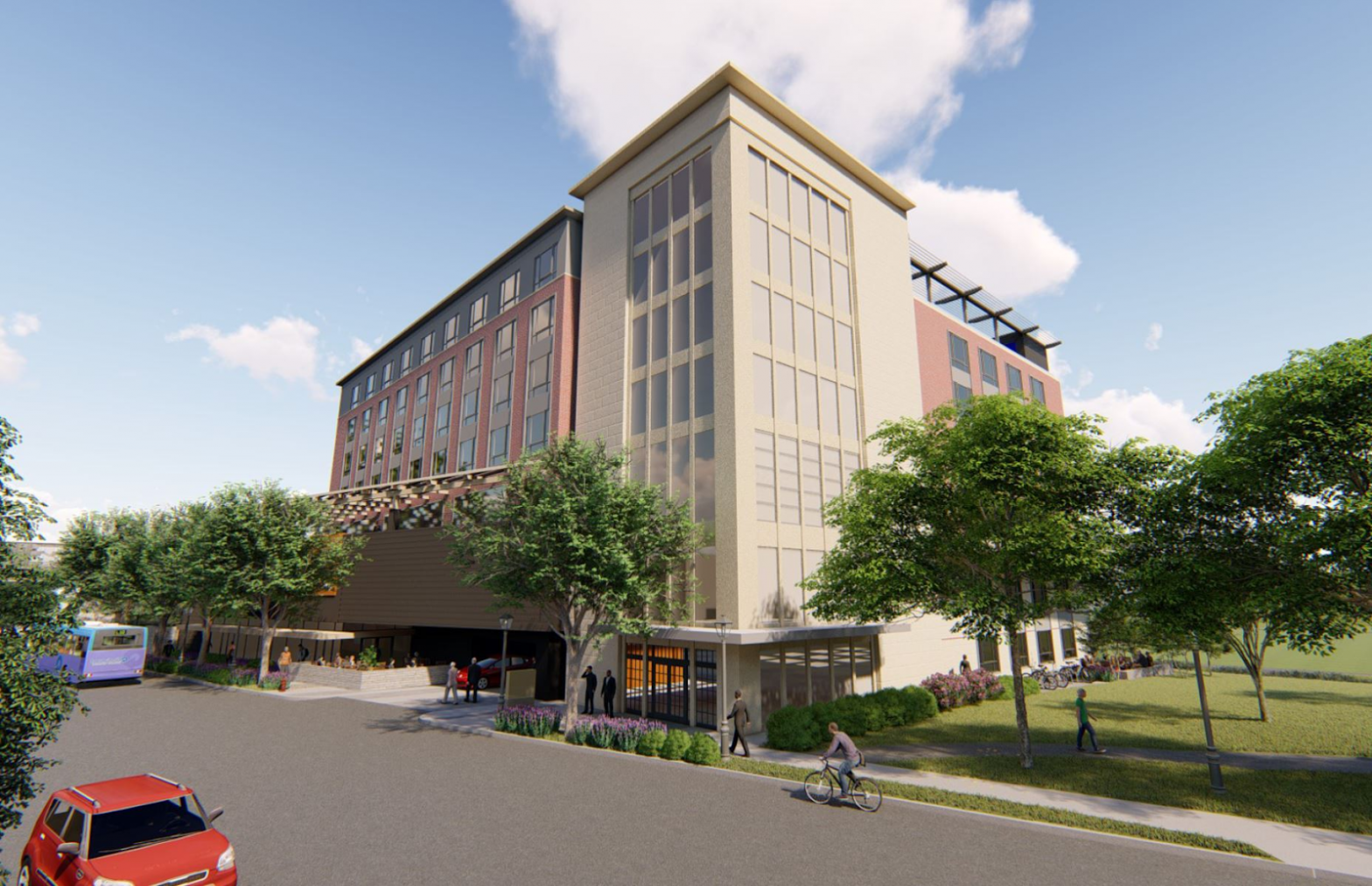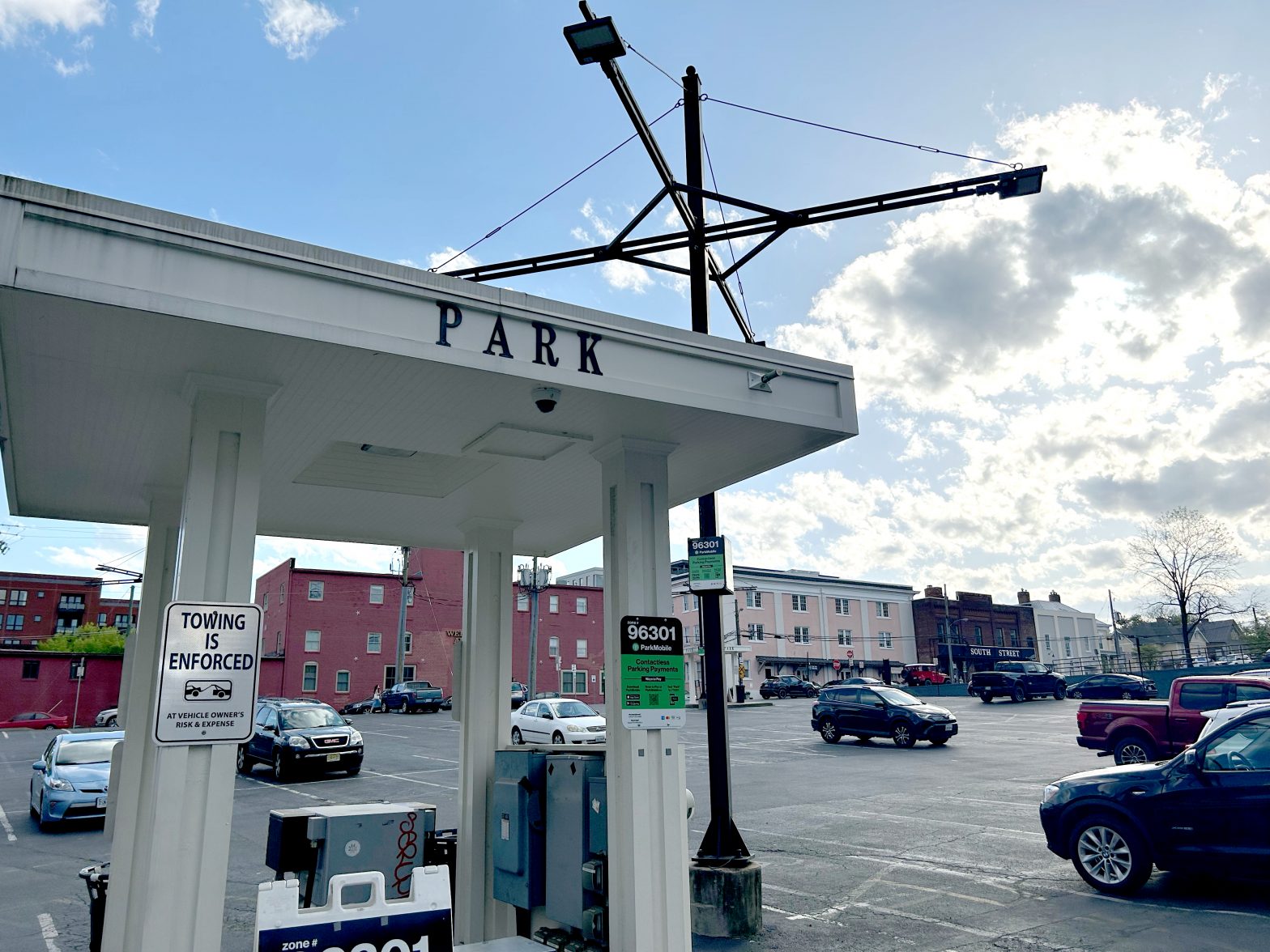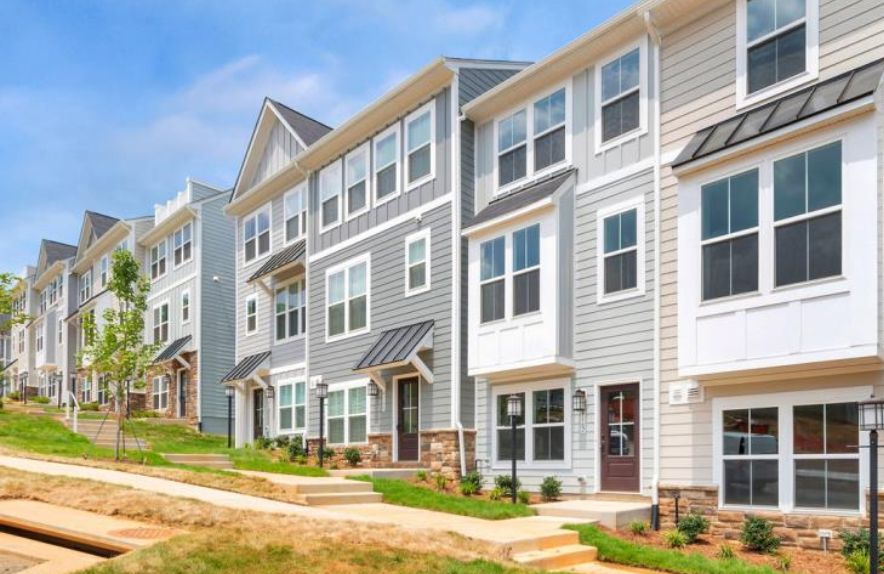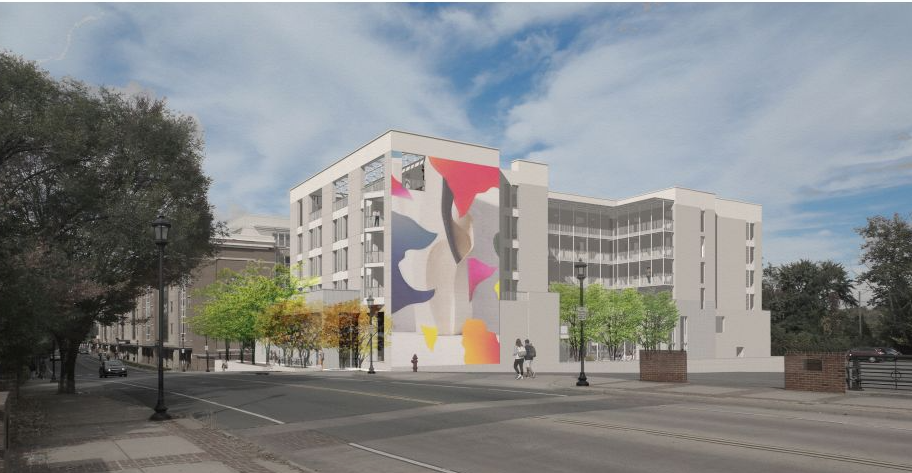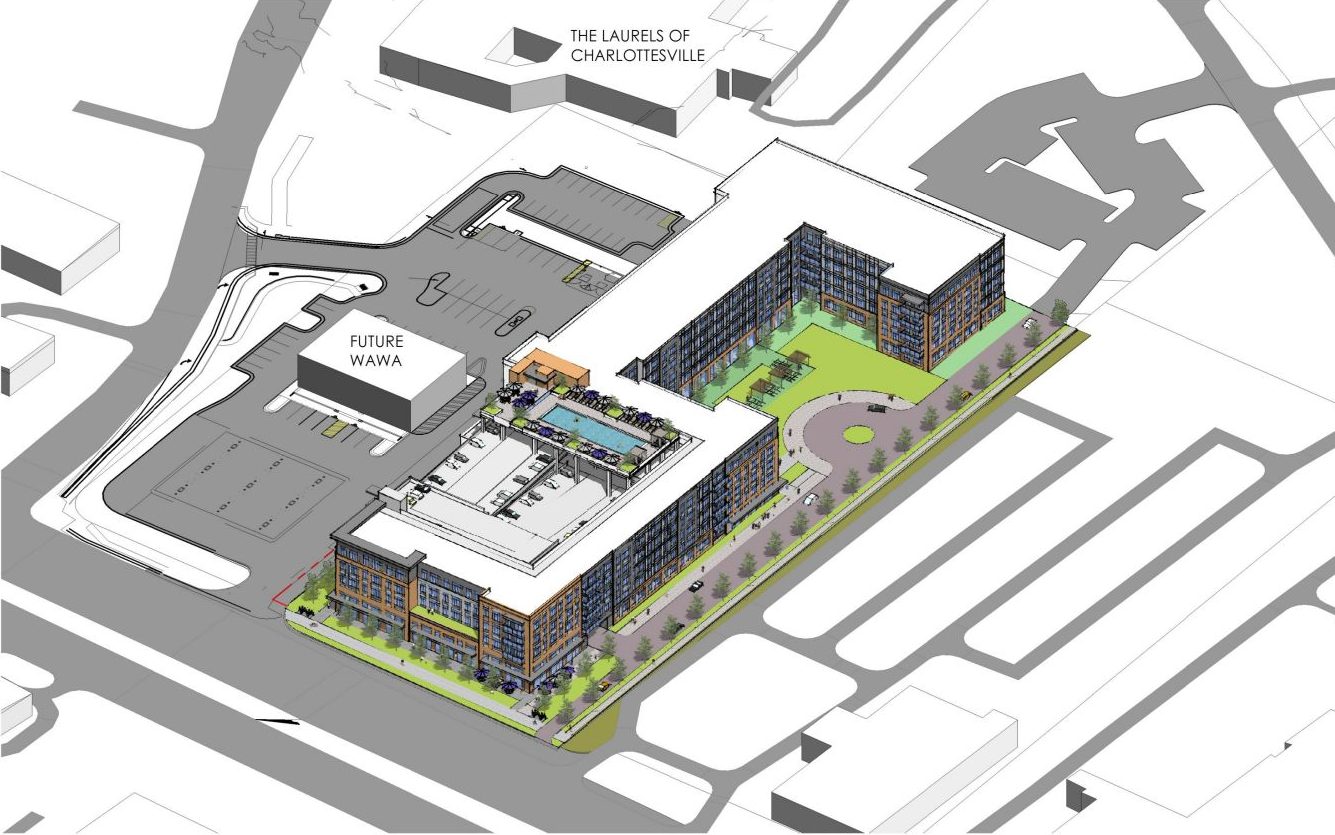There are many reasons why Charlottesville is amending its zoning code, but a major one is to provide protections to halt, or slow, displacement of Black residents. Yet some are concerned that a plan that increases density will not have the intended effect.
“If you’re saying you are wanting to help a group of people that have been shut out of the process for whatever reason, but everything you’re doing is still keeping them out of the process, then all of this has been wasted,” said City Councilor Leah Puryear at the April 25 marathon zoning work session.
The affordable housing plan adopted by council in March 2021 cites U.S. Census data that shows Charlottesville lost 1,500 low-income houses between 2010 and 2018. The Comprehensive Plan that followed identified specific areas as “sensitive communities” that the future zoning should “allow for additional housing choice and tools to mitigate displacement.”
The zoning under review allows for much greater residential density in existing neighborhoods. In theory, lots zoned Residential-A could have between three and six units, depending on affordability levels. Lots zoned Residential-B could have between six and 12, while Residential-C could have between eight and 16.
The current draft says that higher levels of density can only be obtained if all the units are affordable, but that concept is still being debated.
One current anti-displacement idea in the zoning is to not allow that density in certain neighborhoods like 10th and Page, Fifeville, and parts of the Ridge Street neighborhood. “We’ve created an overlay, and within that it would be no more than one additional unit,” says James Freas, the city’s director of neighborhood development services.
Some members of the Planning Commission pushed back on this concept because it would potentially limit the ability for families to build wealth. “If somebody wants to sell a house, you can’t make them have a penalty because they live in a sensitive community neighborhood,” says Planning Commission member Karim Habbab.
This is one of the many considerations in a zoning adjustment that will change the rules of a market that has already put a premium on land in these sensitive communities.
At the work session, Vice-Mayor Juandiego Wade singled out Ridge Street as an area that’s changing rapidly. Some, but not all, of it is designated as a “sensitive community.”
“A lot of older homes and lot by lot this street is changing. Assessment is going up,” says Wade. “One house across the street is assessed at $260,000, but they’re building a $1.2 million house.”
Wade notes that the structure replaces one that used to have four affordable units.
Other anti-displacement tools include real estate tax relief and expansion of subsidies to pay for construction of new affordable units, but there’s little if anything about educating existing property owners on the worth of their land.
Which poses a question: Who is responsible for making sure property owners know there is a scheme to upzone everything everywhere all at once? Whose job is it to point out that some sellers seem to know the rules while others may not know their worth?
On April 19, an individual bought 814-816 Ridge St. for $203,500, which is $102,200 under the 2023 assessment.
On April 24, 916 Page St. sold to a couple for $290,000, almost $100,000 over the assessed value. In that case, it appears the family who had owned it for decades knew what the property was worth.
Both properties could have between three and six units on them, depending on how these draft rules for Residential-A zoning turn out.
Editor’s note: This story has been updated to state that 814-816 Ridge St. and 916 Page St. could have “between three and six units on them,” and that this would depend on draft rules for Residential-A zoning.
